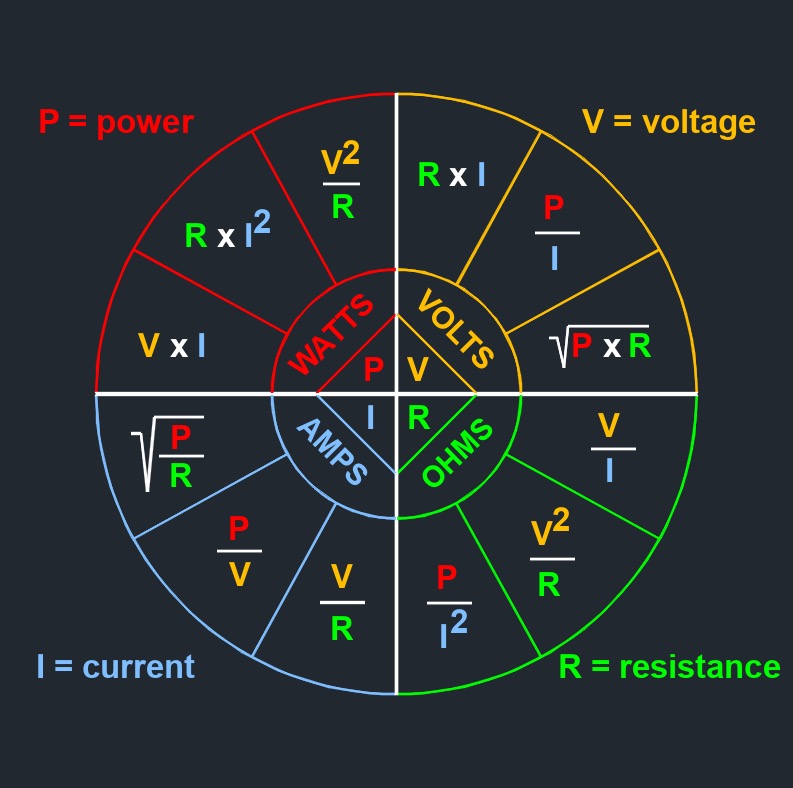Instantaneous Voltage formula
|
| \( IV \;=\; V_{max} \cdot sin( \omega \cdot t ) \) |
| Symbol |
English |
Metric |
| \( IV \) = instantaneous voltage |
\(V\) |
\(V\) |
| \( V_{max} \) = maximum voltage |
\(V\) |
\(V\) |
| \( \omega \) (Greek symbol omega) = angular frequency |
\(deg\;/\;sec\) |
\(rad\;/\;s\) |
| \( t \) = time |
\(sec\) |
\(s\) |
 Instantaneous voltage, abbreviated as IV, is the voltage of an electrical system at a specific point in time. In alternating current (AC) systems, voltage continuously varies over time, oscillating between positive and negative values. The term "instantaneous voltage" is used to describe the voltage at any given moment during this oscillation.
Instantaneous voltage, abbreviated as IV, is the voltage of an electrical system at a specific point in time. In alternating current (AC) systems, voltage continuously varies over time, oscillating between positive and negative values. The term "instantaneous voltage" is used to describe the voltage at any given moment during this oscillation.
It's important to note that in direct current (DC) systems, the voltage remains constant over time, and there is no oscillation. Therefore, in DC systems, the concept of instantaneous voltage is straightforward, representing the voltage at any specific moment.
Understanding the instantaneous voltage is used in analyzing and designing electrical circuits, especially in the case of AC circuits where voltage and current continuously change over time. Engineers use various tools and techniques, such as phasor diagrams and complex numbers, to work with AC voltages and currents effectively.


 Instantaneous voltage, abbreviated as IV, is the
Instantaneous voltage, abbreviated as IV, is the 